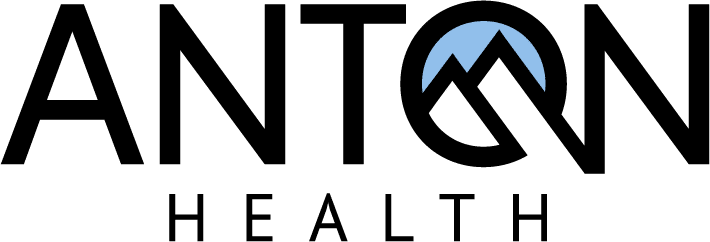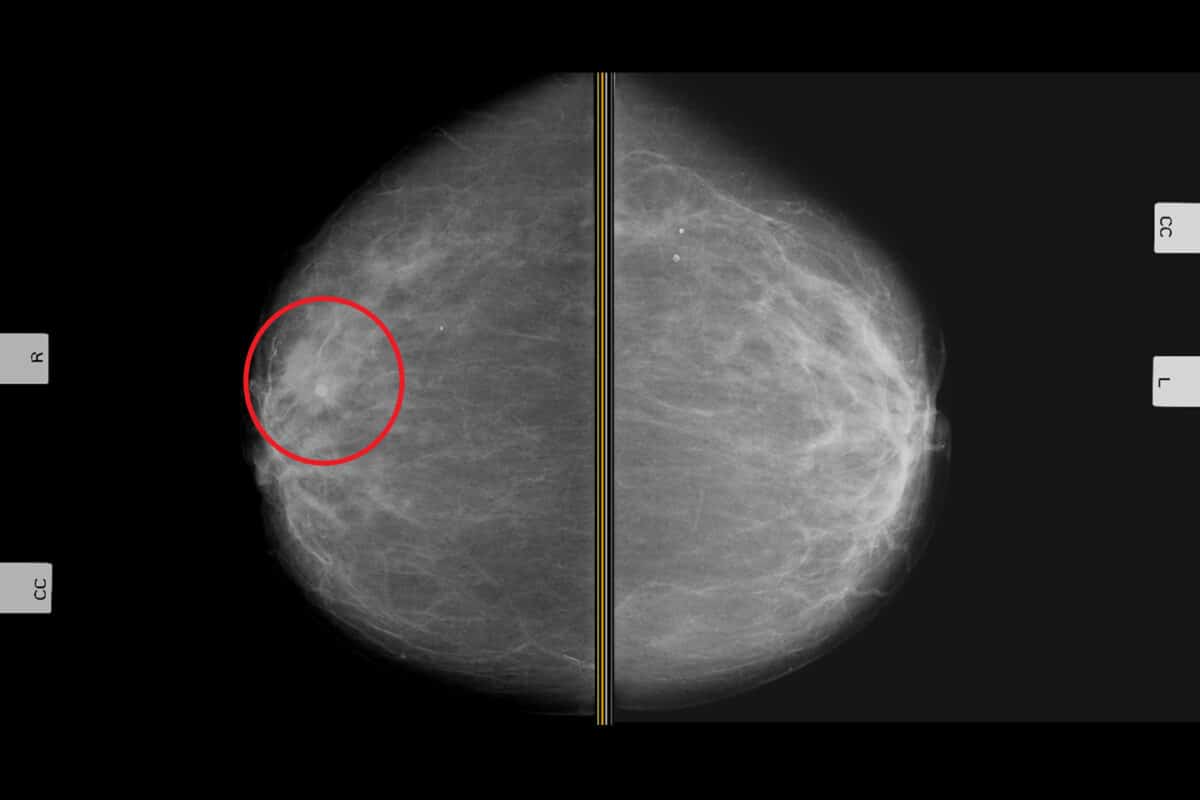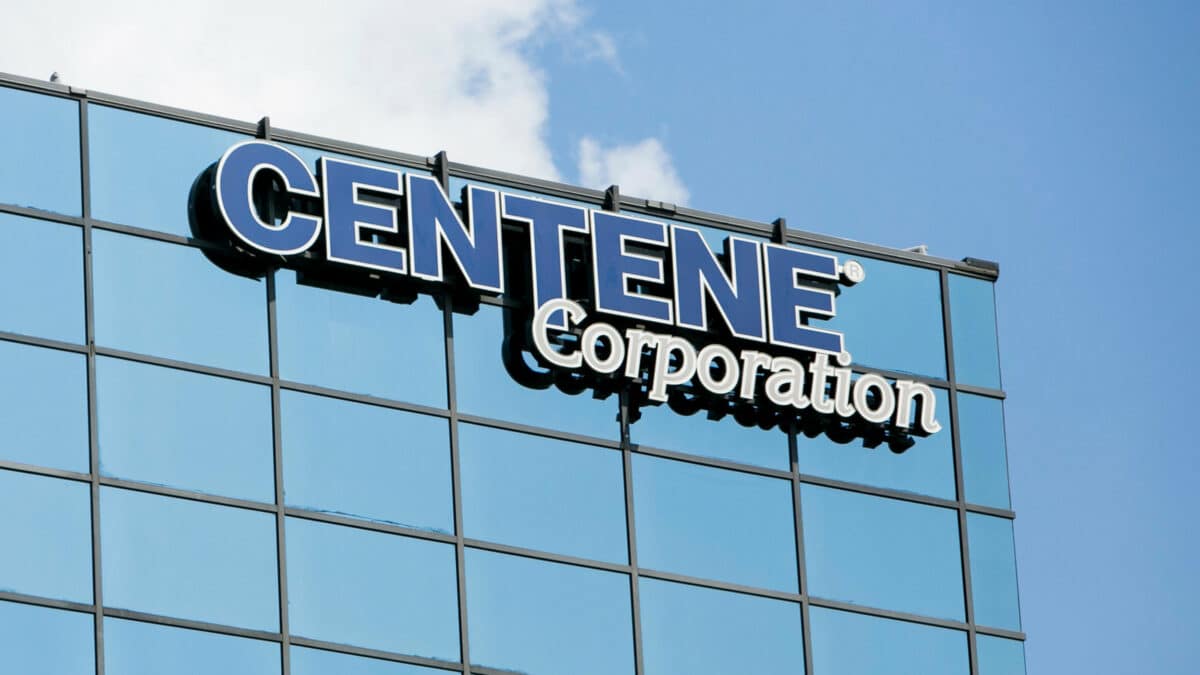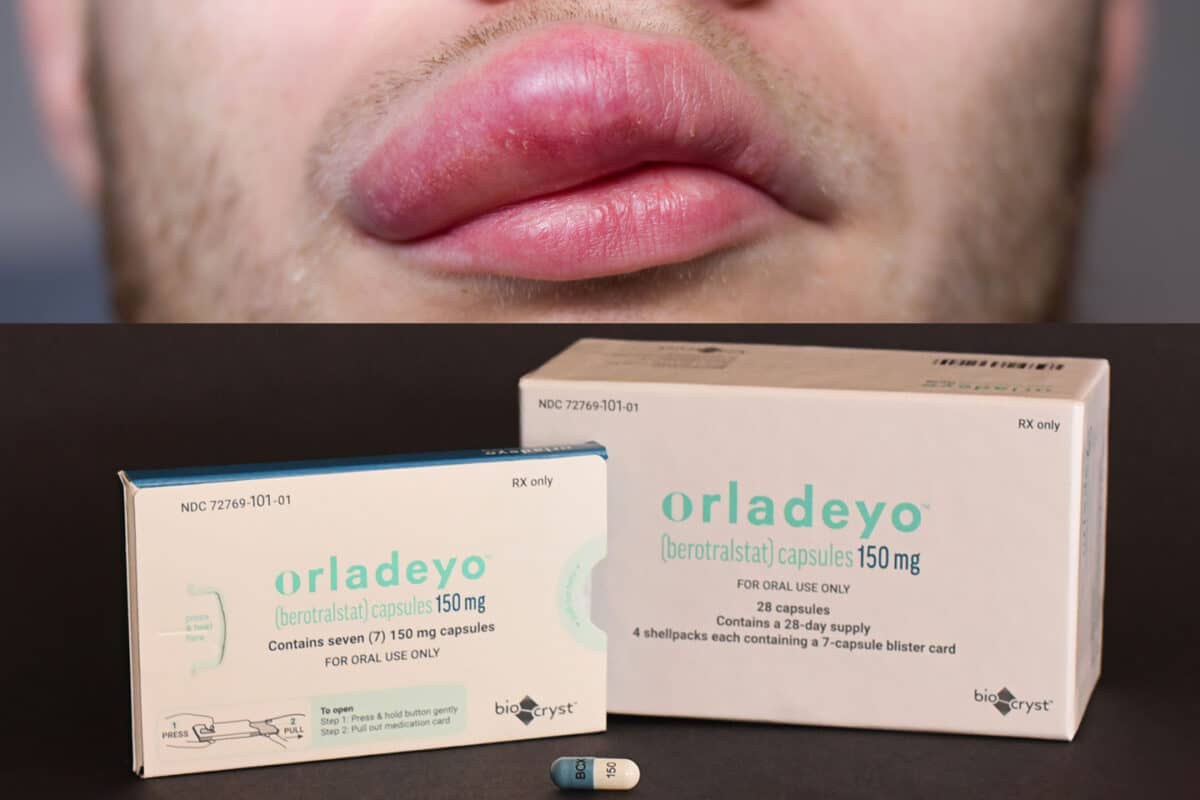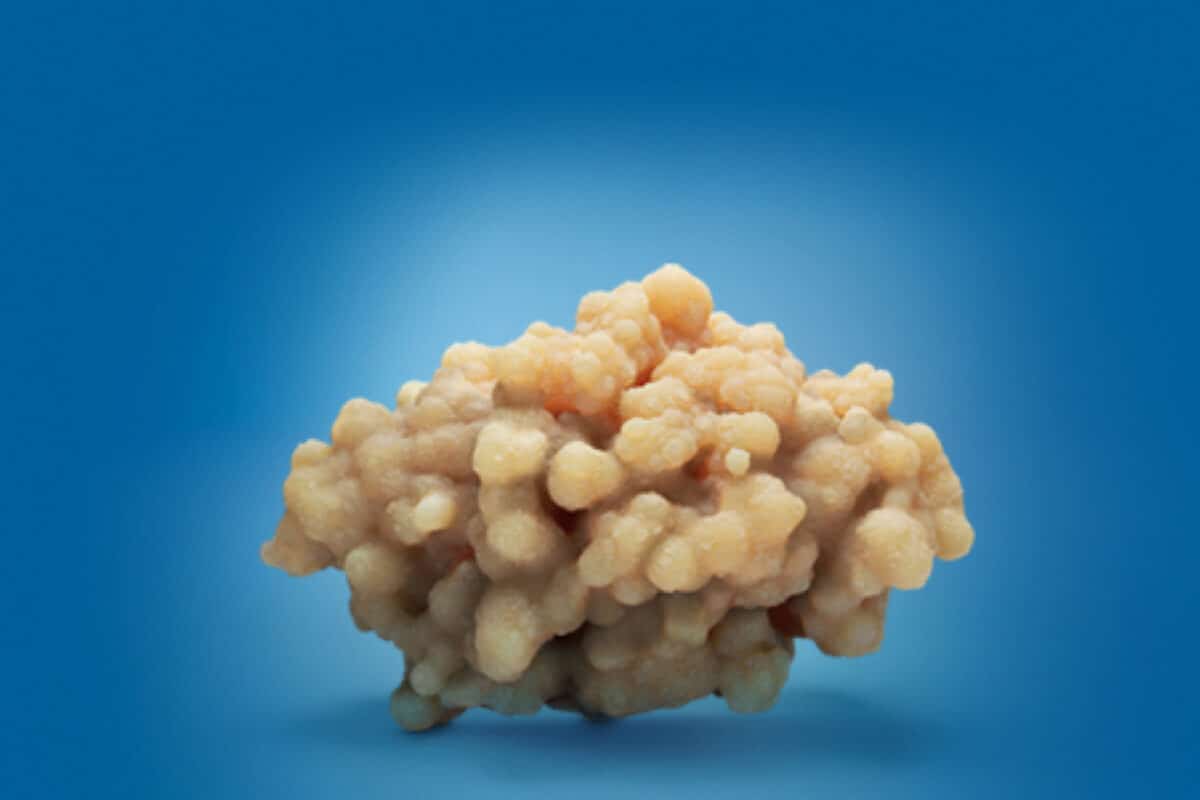This year saw few specialty pharmacy acquisitions…. but that just changed with the announcement by Centene Corporation that it has acquired PantherRx Rare Pharmacy. Terms were not disclosed.
It is an important acquisition, but first, let’s look at Centene.
Centene Corporation is a large, publicly-traded, multi-line managed care enterprise that serves as a major intermediary for government-sponsored managed care plans for uninsured, underinsured, and low-income individuals. It also offers traditional, privately-insured health care programs.
Centene also contracts with other healthcare and commercial organizations to provide specialty services, including pharmacy benefits management (PBM), specialty pharmacy dispensing, mail service pharmacy, behavioral health care services, case management software, correctional insurance, in-home health services, life and health management, vision, and telehealth services. (Wikipedia).
Centene has a history of growth through acquisition in virtually all of these areas. One of its largest acquisitions happened in March 2019 when Centene acquired WellCare for $17 billion. Since the acquisition, Centene merged Exactus Pharmacy Solutions, WellCare’s specialty pharmacy, into Acaria Specialty Pharmacy which they previously acquired in January 2013.
As of 2020, Centene ranked as the largest provider of government-sponsored health plans with roughly 22 million members. Centene ranked No. 42 in the 2020 Fortune 500 list of the largest United States corporations by total revenue.
Centene announced earlier this month that it also acquired a data analytics firm, Apixio, to support its pharmacy and health management operations, to expand Centene’s existing data analytics, and create the ability to document value-based payments. Value-based contracting, already a proof of concept, is thought to be a critical element to payer coverage of ultra-high cost specialty therapies (e.g., rare drugs) in coming years.
Centene and Specialty Pharmacy —–
Centene took its first deep dive into specialty pharmacy with the acquisition of Acaria Health, a specialty pharmacy in Orlando, FL. for $152million (a bargain price by today’s standards).
The announcement that Centene was doubling down on specialty pharmacy with the PantherRx deal should not be surprising given Centene’s robust acquisition history. PantherRx is a ripe acquisition. PantherRx was ranked as the 12th largest specialty pharmacy in 2019 with $1.2billion in sales. That is a big hunk of revenue and, in combination with the Acaria specialty pharmacy revenue, creates huge clout in the marketplace especially with manufacturers.
Manufacturers are key to fueling PantherRx’s revenue engine. PantherRx opened doors only in 2011 and grew rapidly with an aggressive marketing strategy pursuing new, limited-distribution drugs. These LD deals funneled thousands of new prescriptions to their doors.
PantherRx rebranded themselves in 2019 as PantherRx RARE to reinforce a niche in the exploding orphan drug / genetic therapy market. In 2020, virtually every FDA specialty drug approval has or will come to market through limited distribution. That’s called being in the right place at the right time.
Acaria has operated seamlessly in the marketplace under its original name since the Centene acquisition. Centene has announced that PantherRx Rare will also operate under current management and retain its name…. at least for the time being. Given the pull that the PantherRx name generates, Centene is smartly taking an “ain’t broke, don’t fix it approach”.
So, in closing, think about the bigger picture.
Over the past few years payers have taken the lead in owning/operating specialty pharmacies. We don’t know final numbers for 2020 but the top of the leaderboard includes the following payers: CVS/Aetna, CIGNA/ESI-Accredo, UHC/OptumRx, Humana, and now Centene. One might call that a trend, one that may soon reshape the PBM and specialty markets in unprecedented ways.
Centene Signs Definitive Agreement to Acquire PANTHERx Rare Pharmacy (PANTHERx)
ST. LOUIS, Dec. 15, 2020 /PRNewswire/ — Centene Corporation today announced it has signed a definitive agreement to acquire PANTHERx, one of the largest and fastest-growing specialty pharmacies in the United States specializing in orphan drugs and rare diseases. The transaction is subject to regulatory approvals and is expected to close by the end of 2020.
PANTHERx is a leader in rare disease pharmacy, comprehensively serving patients afflicted with rare and devastating conditions through delivery of medicine breakthroughs, clinical excellence, and access solutions. PANTHERx offers a suite of synchronized compliance, logistics, and analytics solutions to help streamline the process of delivering orphan medications and care to people living with complicated rare diseases.
“Centene has a long-standing commitment to providing care to the most underserved, complex populations,” said Michael F. Neidorff, Chairman, President and Chief Executive Officer for Centene. “PANTHERx adds a unique capability to our comprehensive pharmacy portfolio. We share a common goal of helping to remove barriers and reduce the burden for our members living with complex and rare diseases.”
“We are elated to enter a partnership that will propel us to the next level and provide opportunities for growth and stability while fostering an independence that delivers greater benefits to our patients, partners and associates,” stated Dr. Gordon J. Vanscoy, founder and CEO of PANTHERx. “Centene has committed to nurturing our patient-centric culture and focus on quality that is fundamental to PANTHERx’s tremendous success.”
PANTHERx and its management team will continue to operate independently as part of Centene’s Envolve Pharmacy Solutions, a total drug management program that includes integrated Pharmacy Benefit Manager (PBM) services and specialty pharmacy solutions to millions of members throughout the United States.
